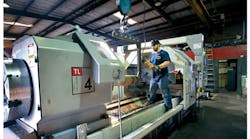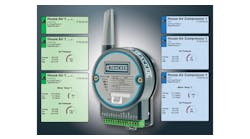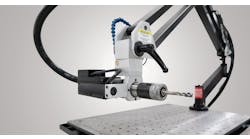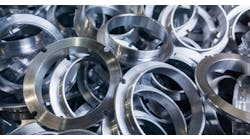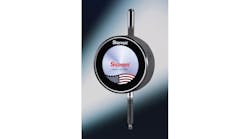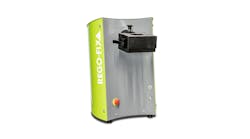As a plant manager, you’re responsible for the day-to-day management and coordination of production, logistics, and maintenance in your assigned facility. Your position is one that’s hands-on and focuses on using all the resources at your disposal to maximize production accuracy and profitability, while ensuring worker safety and government compliance in a particular unit of the manufacturing organization.
Like benchmarking at any level of a business, the plant manager level needs effective metrics to assess performance in order to adjust responsibilities as necessary. And, while every metric has relevancy to some area of the business, there are some that are typically measured at the corporate level, the line of business unit level, the plant level, and even the production line level. This is a review of the metrics for plant managers to keep a close eye on, to manage their particular operational responsibilities.
2013-2014 Survey Results
As we’ve written about before at LNS Research, there are 28 meaningful metrics that have been identified across eight categories, and widely used to drive value for manufacturers today. These are: Finance, Inventory, Innovation, Responsiveness, Efficiency, Quality, Maintenance, and Compliance.
Recently LNS Research collaborated with MESA International on the 2013-2014 Metrics that Matter research study, focused on identifying the metrics that are driving the most value for businesses today, correlations between metric categories, trends around manufacturing software adoption, and related best practices for success. In one question, we asked over 200 respondents to identify the level at which their own companies measure these eight categories.
According to that survey, the metrics categories that were viewed most at the plant level were:
• Innovation: at 53%
• Maintenance: at 43%
• Efficiency: at 40%
These three categories contain eight top metrics that, according to the research, plant managers watch closely.
Watch for Innovation, Maintenance, Efficiency
Innovation Metrics — In this category, top two metrics that plant managers are monitoring are:
Rate of New Product Introduction: As this requires an analysis and ramp-up times between design, development, manufacturing and customer support groups in order to determine how rapidly new products can be introduced to the marketplace, it requires the leadership and expertise at the plant level in determining the logistics of these factors and setting expectations.
Engineering Change Order Cycle Time: This measures how rapidly design changes or modifications can be made to existing products and implemented all the way through documentation processes and volume production.
As both of these metrics look at innovation through the lens of manufacturing operations' role of production, it’s not surprising to see that they are being monitored more at the plant level than other areas of the business.
Maintenance Metrics — This category includes:
Percentage Planned vs. Emergency Maintenance Work Orders: A ratio metric that’s an indicator of how often scheduled maintenance takes place, versus more disruptive, unplanned maintenance.
Downtime in Proportion to Operating Time: This metric is a direct indicator of asset availability for production, as it’s the ratio of downtime to operating time.
As unplanned/emergency events tend occur in a localized manner and ripple outward with their effects, these metrics that look at direct asset availability and performance are being viewed primarily at the plant level. It’s interesting to note that survey respondents reported viewing Maintenance metrics second-most at the Corporate level, at 33%. Therefore, asset utilization and return is also a key business concern.
Efficiency Metrics — This category includes the following top metrics that go to the heart of a plant's ability to produce efficiently and with quality to meet customer expectations:
Throughput: A measurement of how much product is being produced on a machine, line, unit, or plant over a specified period of time.
Capacity Utilization: Indicates how much of the total manufacturing output capacity is being utilized at a given point in time.
Overall Equipment Effectiveness (OEE): A multi-dimensional and sometimes controversial metric, OEE is a multiplier of availability, performance, and quality, and it can be used to indicate the overall effectiveness of a piece of production equipment, or an entire production line.
Schedule or Production Attainment: A measure of what percentage of time a target level of production is attained within a specified schedule of time.
